Gaza was always going to be a hard lift, and it is proving to be exactly that. The two years of fighting were hard and deadly. Establishing a stable peace after the fighting ended is proving just as hard, despite the promising settlement negotiated by President Trump’s emissaries, Steve Witkoff and Jared Kushner.
Looking forward, there is some good news and some major obstacles to success beyond Phase One of the peace deal.
Let’s start with two pieces of very good news. First, Hamas has released all its living hostages. They are still holding some bodies of the dead, despite explicit promises to return them. Pause for a moment to consider the moral depravity of killing innocent people and then holding their bodies for ransom.
Still, releasing the living hostages is a huge step with important strategic consequences. The humanitarian consequences are obvious. The return of loved ones is an enormous relief for their anguished families and for hundreds of thousands of supporters who marched in the streets, demanding their return, even if that meant concessions to the terrorists who held them.
As long as Hamas held the hostages, Israel’s leaders not only faced ongoing political pressure, the country’s military had to avoid tactics that might endanger the Israeli captives. Now, with those captives returned, that constraint is removed.
If the Netanyahu government determines Hamas is violating major elements of the ceasefire, it can use military force to punish the terror group and make its violations more costly. That’s exactly what the Israeli Air Force did earlier this week after Hamas killed two Israeli soldiers. The major constraint for the Netanyahu government now is avoiding a direct conflict with the Trump administration over Israeli retaliation.
The other piece of good news is the sharp limitation of Iran’s role in the Middle East and especially in Gaza. For years, the Islamic Republic of Iran has lived up to its name, establishing, funding, and supporting violent, Islamist terror groups surrounding Israel. In the war that began October 7, 2023, the Jewish state rolled back those groups one by one, extinguishing the “ring of fire,” and decimating the regime in Tehran that sponsors them.
These other, Iran-affiliated groups launched their own attacks on Israel immediately after Hamas did. Their collective goal was not only to kill Jews but to divide and overwhelm Israeli forces. They failed in that mission and were successively destroyed by the Israeli Defense Forces (IDF).
After dealing with this “ring of fire,” Israel launched a two-week long aerial attack on its sponsor, Iran, and especially on its program to develop nuclear weapons. US bombers completed the last phase of that attack, taking out a nuclear production site buried too deeply for Israel jets. The current program was obliterated and will take years to rebuild.
The Trump administration did something more: it punished Iran financially. The first Trump administration had imposed serious sanctions that left Iran almost broke. The Biden administration discarded that successful program and allowed Tehran to sell oil freely and pocket billions of dollars, some of it used to fund terror groups across the region. The second Trump administration re-imposed – and rigorously enforced – the sanctions against the Mullahs and their Revolutionary Guard.
The Iranian regime still has enough money to pay for repression and cooptation at home, but it doesn’t have enough to fund the resurgence of its terror networks across the Middle East. Although those groups will try to rebuild, they will have to do so without the financial and material support Iran has long provided.
The good news, then, is that Iran has been reined in and Phase One peace settlement in Gaza signed. There is still more good news in the support of that Gaza deal by so many Muslim-majority nations.
The bad news is that governing Gaza and ensuring peace there will be extremely hard.
No one expects Gaza (or the West Bank, for that matter) to establish a stable, comprehensive peace with Israel. The enmity is too great, the Islamist resistance too strong. A more realistic outcome would be one that simply allowed the residents of Gaza to live their lives in peace, no longer dominated by Hamas and other terror groups or by corrupt leaders who steal the humanitarian aid to enrich themselves and strengthen their political hold on the area. That modest aim would mean a “cold peace,” at best, like Israel’s current arrangements with Egypt and Jordan, not a warmer one envisioned by the Abraham Accords with the Gulf States.
There are three obstacles to achieving even that modest goal in Gaza:
1. Hamas has already come out of its hiding places and started killing local opponents in Gaza. Hamas has executed over 100 locals since the ceasefire. They have done the killings publicly as a show of force, designed to intimidate everyone in Gaza.
2. Hamas is working hard to ensure it plays a major role in Gaza’s governance and could make up half of the so-called “technocratic” commission that will govern the area. The other half will be members of the Palestinian Authority. The PA is non-democratic, corrupt to its core, and happy to reward families of terrorists killed in attacks on Israel. It is a sick joke to call members of these groups “apolitical technocrats.”
3. Two of the outside powers involved in Gaza’s post-war governance and reconstruction are regimes that routinely support Islamist attacks on Israel. Giving Turkey and Qatar a
large role in post-war Gaza is a major error by the Trump administration and will have lasting consequences. Neither country has positive relations with Israel and can hardly be expected to encourage Gazans to seek one, either.
These three obstacles amount to one overriding problem. The proposed governing arrangements for Gaza are weak protection against the resurgence of Islamist factions there.
Put differently, the problem of rebuilding Gaza is not just one of establishing a stable government and paying billions for reconstruction, hard as those tasks are. It is also preventing Hamas and other Islamist factions from regaining control, stamping out peaceful opponents, and continuing to dominate the educational system and educate children in Jew-hatred.
Those groups will seek to regroup and resume their decades-old terror struggle against the Jewish state. The big questions are whether they will succeed and whether the turmoil in Gaza will limit the great counter-movement for peace and cooperation: the Abraham Accords.



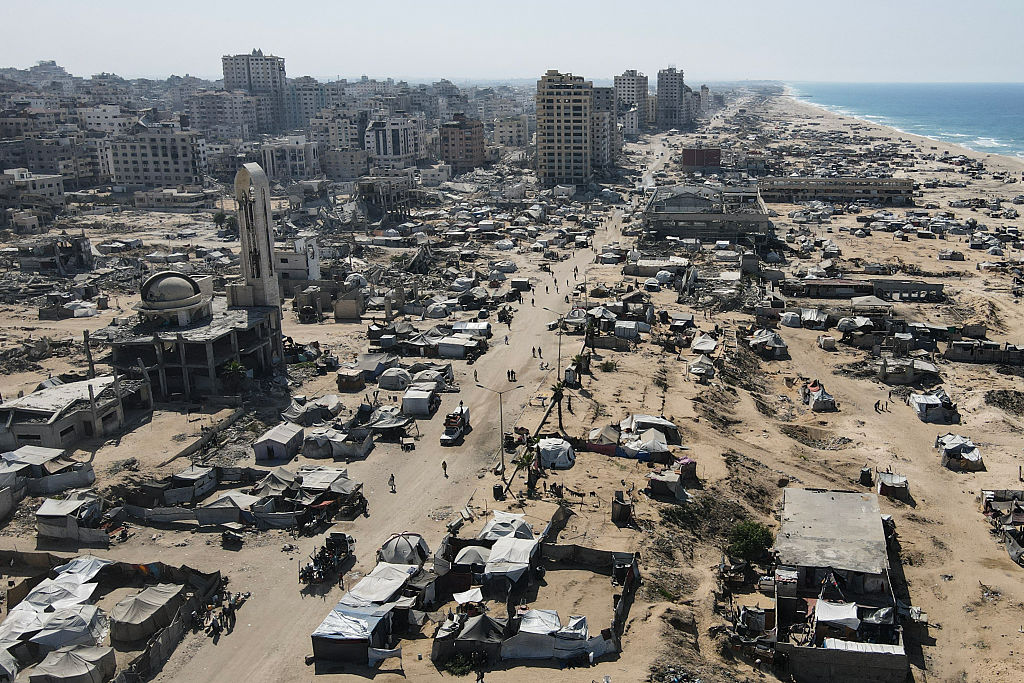










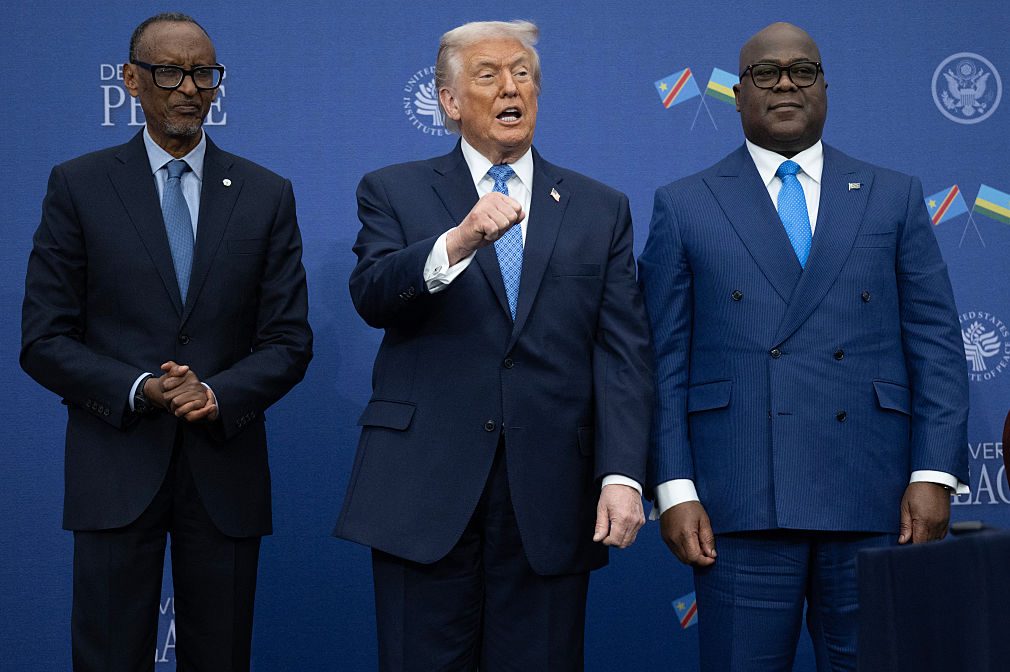

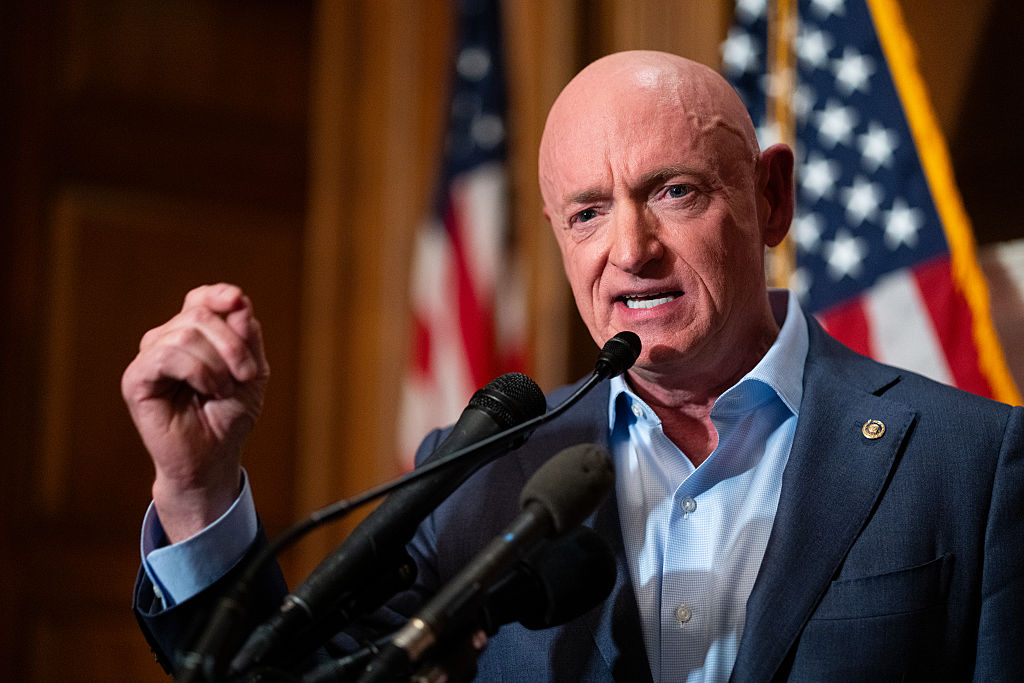

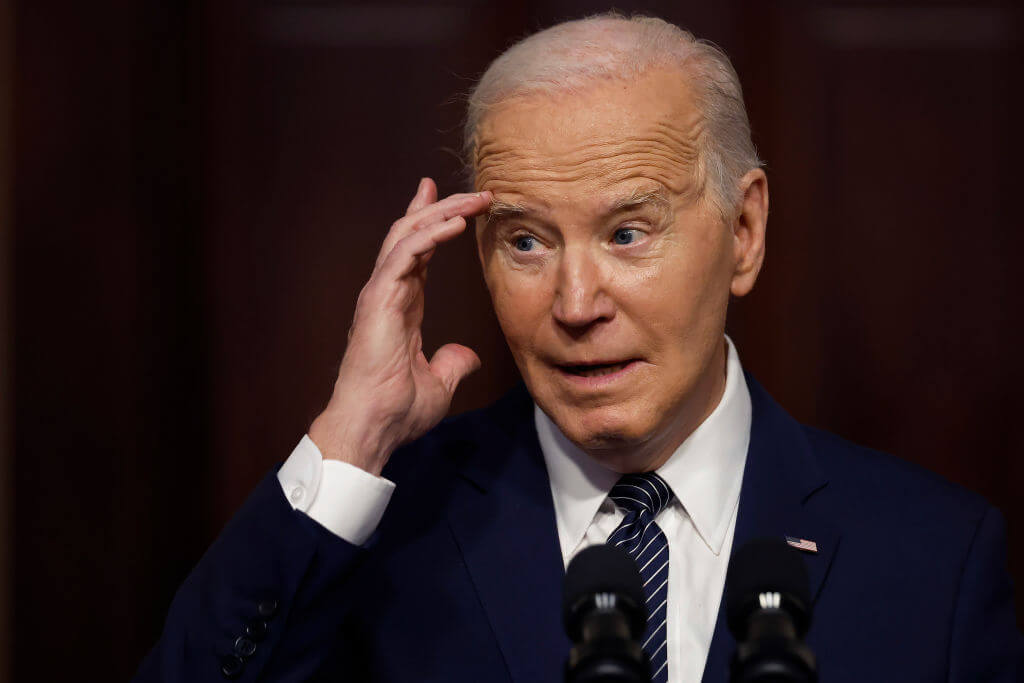



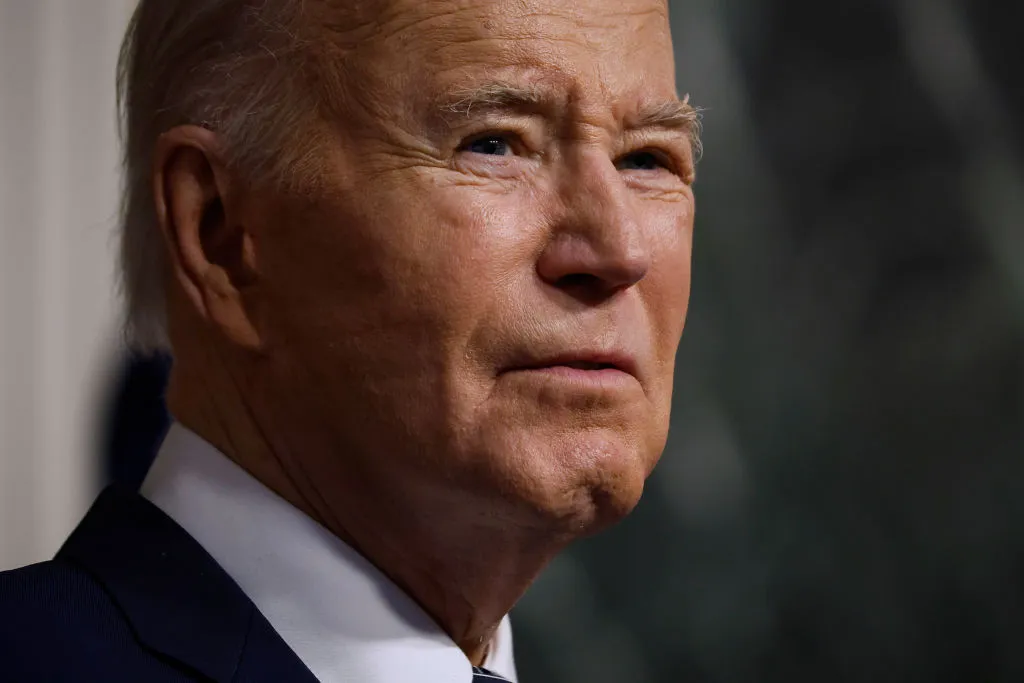

Leave a Reply